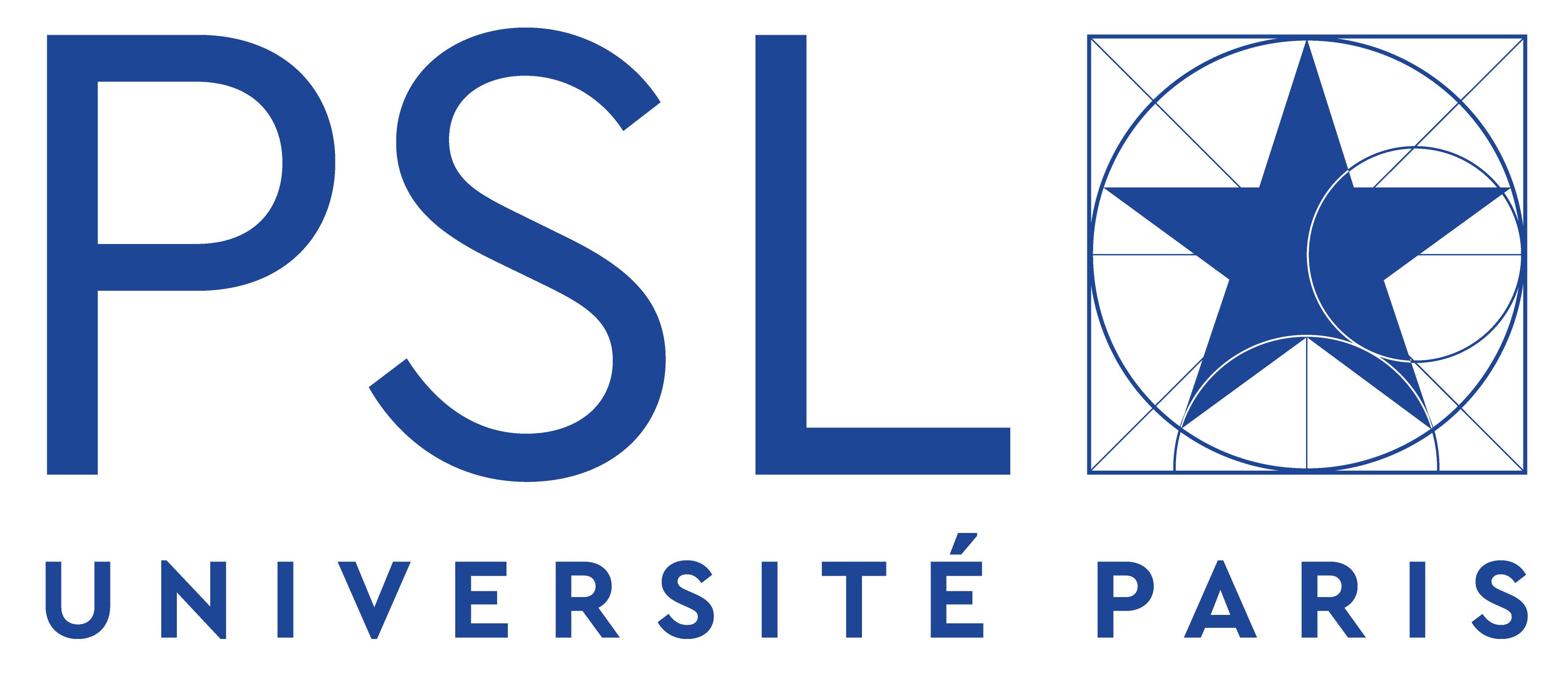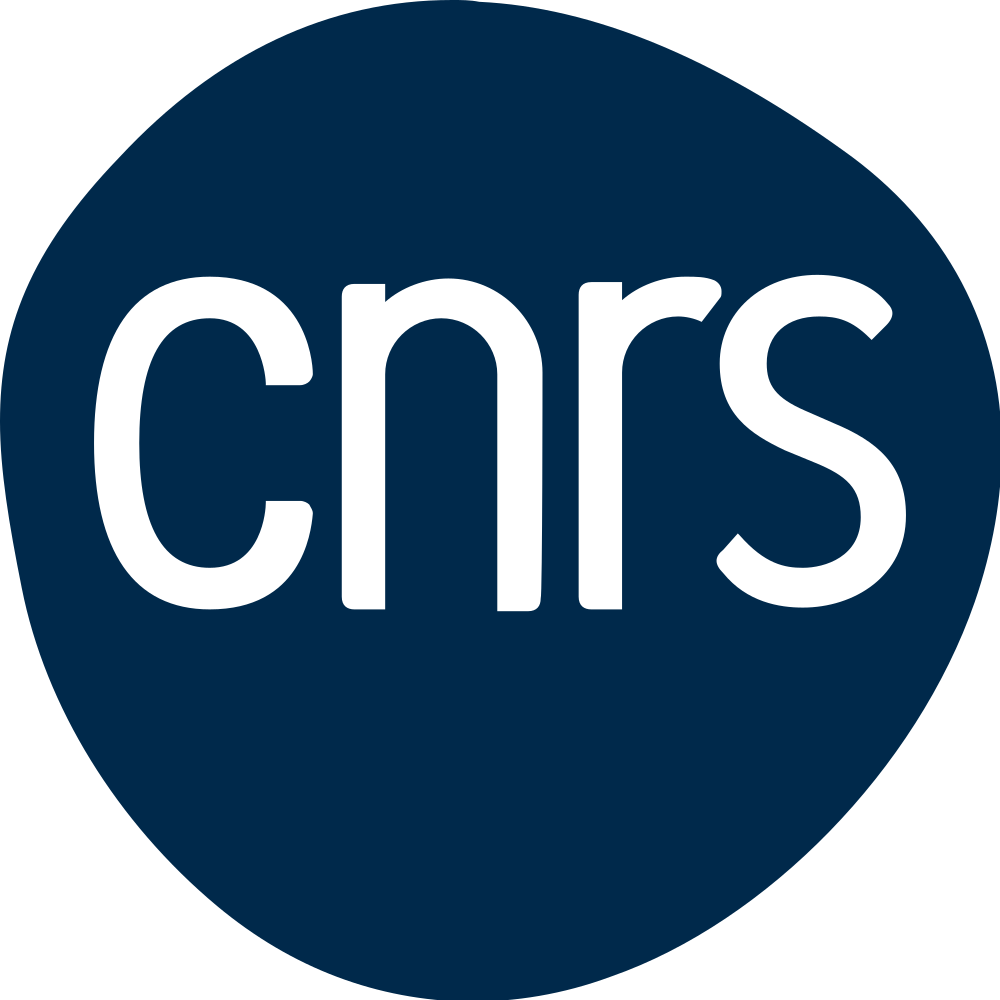Interaction de nano-émetteurs fluorescents avec l’environnement
Group Members Publications and patents Collaborations and Funding
Our group is interested in the study of light-matter interaction in the visible range by using fluorescent emitters.
Experiments are performed with near-field scanning optical microscopes as well as with far-field super-resolved techniques on plasmonic, dielectric or hybrid plasmonic/dielectric samples.
Post-doc, PhD and internee positions may be open. Please do not hesitate to contact Valentina Krachmalnicoff at :
valentina DOT krachmalnicoff AT espci DOT fr




Group topics
Plasmon assisted energy transfer

Energy transfer between molecules is a basic process, observed in many fields spanning from biology to physics. However, this process is always limited to a very short range in free space, typically on the order of a few nanometers.
In an article published in Physical Review Letters, we demonstrated that the range of the energy transfer between fluorescent molecules can be increased by a factor of almost one thousand using a simple silver mirror. Indeed, the electromagnetic waves involved in the usual process are replaced by plasmons propagating at the interface between the silver surface and the surrounding medium (air or a polymer layer) over distances of several micrometers. Our work proves for the first time that energy transfer range and efficiency can be greatly enhanced using surface plasmons.
Single Plasmon Energy Transfer

In a Physical Review A article, we have recently demonstrated that it is possible to observe energy transfer at the single photon scale over distances of several microns. This is achieved by using silver nanowires that act as waveguides for plasmons, enhancing energy transfer efficiency. By coupling a single quantum dot and some organic molecules to the wire, we observed a simultaneous blinking of the molecules and the quantum dot mediated by single plasmons. This is a first step towards the investigation of cooperative emission phenomena.
Near-field Local Density of States and Intensity Mapping

We have recently developed a novel experimental setup capable to simultaneously map the topography, the local density of states (LDOS, related to the decay rate of the emitter) and the fluorescent intensity of a fluorescent emitter in the near-field of a nanostructured sample. The system, that has a nanometric resolution, is based on an atomic force microscope (AFM) on the extremity of which we are able to graft a fluorescent nanoemitter (fluorescent bead, Quantum dot, diamond nanocrystals, etc.). This experimental setup paves the way towards the full characterisation of the electromagnetic response of a nanostructured environment. After a first proof of principle on a plasmonic nanoantenna, we have studied dielectric nanoantennas and we developed a novel system to disentangle the contributions of the radiative and non-radiative LDOS. Experiments have been compared with numerical simulations (team led by R. Carminati) and results were in excellent agreement.
Near-field Scanning on a tapered nanofiber

In the frame of a collaboration with the team of Q. Glorieux (LKB) we use the f-SNOM to map the field at the surface of a tapered nanofiber. The project proposes to implement a nano-assembly technique to position a single emitter on a nanostructure with nanometer accuracy and to realize quantum optics experiments with the developed active nanostructures. First results will come soon !









